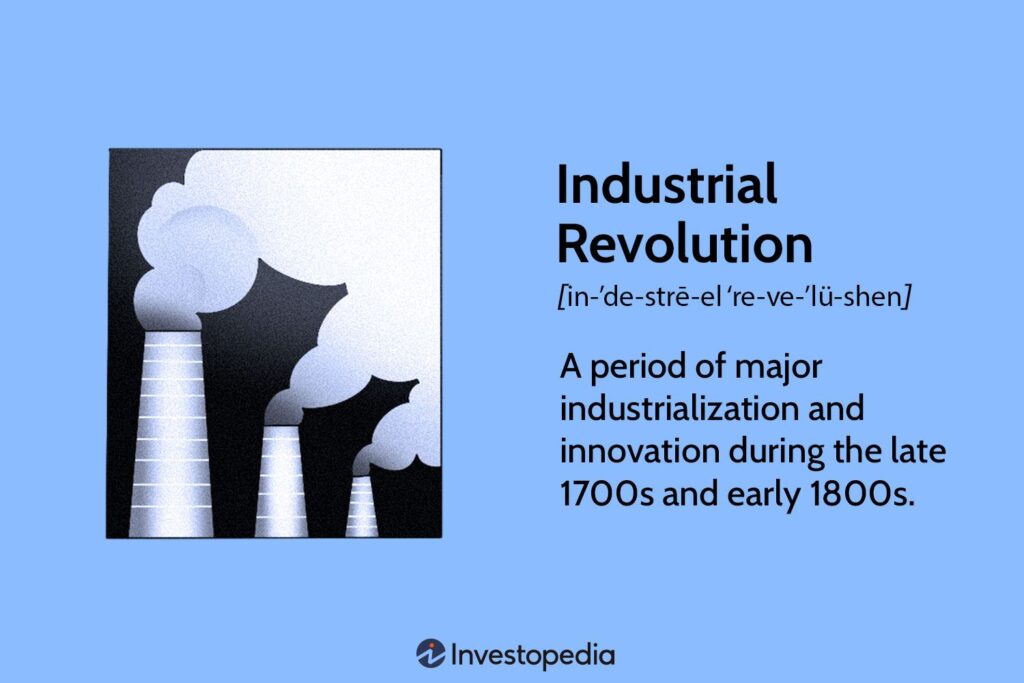Game development has come a long way since the era of simple arcade games and pixelated graphics. Today, game development is a complex and intricate process. Every video game starts with an idea, a concept that drives the creative process, and passes through different phases such as pre-production, production, testing, and release. With the rise of game development engines like Unity and Unreal Engine, it has become easier and more accessible than ever for developers to bring their ideas to life, providing developers with a suite of tools and resources to make building games more accessible and efficient, revolutionizing the industry.
From Concept to Finished Product: How Game Development Engines Have Revolutionized the Industry
Introduction
Video games have come a long way since their early days of simple arcade games and pixelated graphics. Today, the industry is a multi-billion dollar behemoth, with games featuring stunning visuals, immersive soundscapes, complex stories, and engaging gameplay. But how are these games made? From concept art to finished products, the process of game development is complex and intricate, requiring the input and expertise of a wide range of professionals. However, in recent years, the rise of game development engines has revolutionized the industry, making it easier and more accessible for developers to bring their ideas to life.
The Conceptual Phase
Every video game starts with an idea, a concept that drives the creative process. This could be a unique gameplay mechanic, a compelling story, or even just an aesthetic style that the developer wants to explore. In the conceptual phase, designers and writers work together to flesh out this idea, creating character sketches, writing backstories, and designing levels and environments. This is a critical phase in the game development process, as the decisions made here will shape the final product.
The Pre-Production Phase
Once the basic idea for the game is established, the team moves to the pre-production phase. This is where the team begins to lay out the specifics of the gameplay mechanics, level design, and visual assets. The team usually consists of game designers, writers, artists, and programmers. During this phase, the team will create storyboards, game design documents, and concept art. Once everyone is happy with the direction of the game, the team will move to the next phase, production.
The Production Phase
This is where the rubber meets the road. During this phase, the team will start to build the game itself. Programmers will write code, artists will create visual assets, and writers will work on dialogue and story arcs. This is also where game development engines come into play. These engines provide developers with a suite of tools and resources to make building the game easier and more accessible. Unity and Unreal Engine are two of the most widely used game development engines on the market today, and both offer a wide range of features and tools to help developers create games more quickly and efficiently.
The Testing Phase
Once the game is built, the team moves to the testing phase. During this phase, the game is put through its paces, as testers play through the game and identify bugs, glitches, and other issues that need to be addressed. This can be a tedious and time-consuming process, but it is vital to ensure that the final product is as polished and bug-free as possible.
The Release Phase
Finally, after months or even years of development, the game is ready to be released to the public. This is where the marketing team comes in, building buzz for the game and working to ensure that it gets the exposure it needs to be a success. In recent years, digital distribution platforms like Steam, the Epic Games Store, and GOG have made it easier than ever for developers to release and distribute their games to a wide audience.
Conclusion
Creating a video game is a complex and intricate process, requiring the skills and expertise of a wide range of professionals. However, with the rise of game development engines, it has become easier and more accessible than ever for developers to bring their ideas to life. From the conceptual phase all the way through to release, these tools have revolutionized the industry, making it easier than ever for developers to create engaging, immersive, and visually stunning games.
